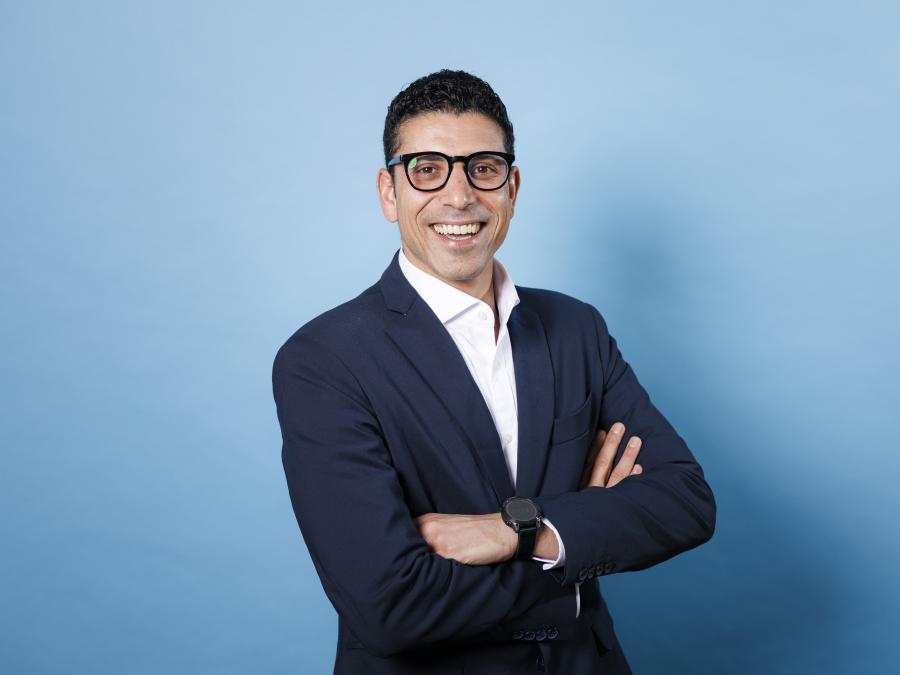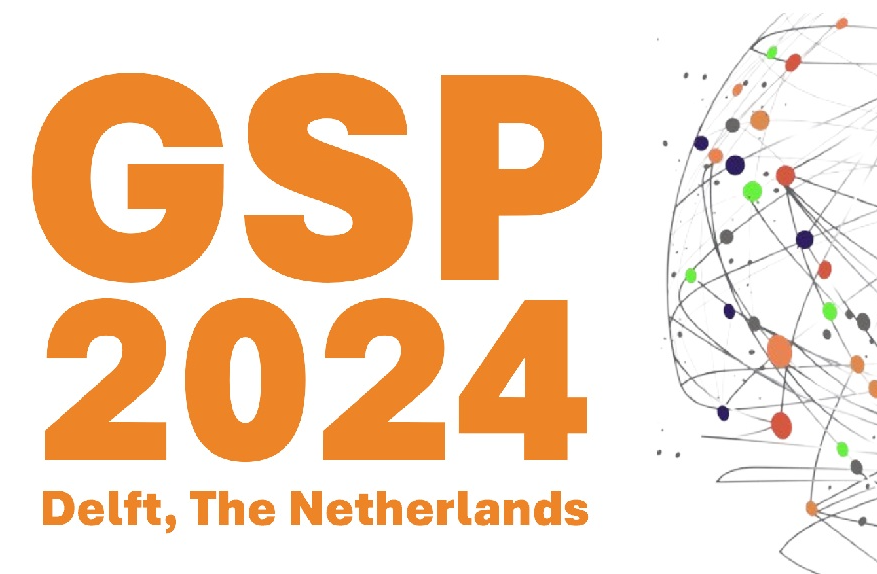Agenda
MSc SS Thesis Presentation
- Tuesday, 21 May 2019
- 10:00-10:45
- HB 17.150
Detecting Electrode Array Tip Fold-over in Cochlear Implantation
Juriaan van der Graaf
In cochlear implantation surgery, the appropriate placement of the electrode array into the cochlea is vital. Suboptimal placement of the electrode array may lead to reduced hearing performance and speech recognition after the surgery. Currently, there are methods to confirm the electrode position post-operatively (e.g. through a CT scan), but it is not possible to monitor the insertion intra-operatively. This, combined with the fact that there is difference in surgical precision and insertion technique between surgeons, leads to great variability in electrode placement and in some cases to electrode malpositioning issues. One of the more problematic issues that may arise is folding of the electrode tip. Folding of the tip causes the electrode array to not reach deep enough into the cochlea, and it is likely to cause trauma due to the increased pressure on cochlear walls and membranes. On top of that, you effectively have “less” contacts to work with because contacts can be positioned very close to eachother due to the folding. Folding of the electrode array also disrupts the tonotopic organization of the cochlear implant (the contacts near the end of the array no longer correspond to the lowest frequencies). The effectivity of the treatment is thus reduced in patients with tip fold-overs. However, many modern day cochlear implants possess telemetry features. These are primarily used to check the implant’s proper functioning, but may also be helpful in monitoring the insertion of the electrode array. The telemetry features of a cochlear implant make it possible to measure the intracochlear electrical potential. The measured current spread is related to the electrode array’s shape and position, and thus may provide a way to detect folding of the tip. This can be done post-operatively, but can possibly also be done intra-operatively to monitor the insertion in real time. This application could be a useful tool to aid surgeons and clinicians. When used post-operatively, it may provide a cost-free method to detect tip fold-over. When used intra-operatively, it may provide a way to detect and prevent both fold-over and trauma to the cochlea.
Additional information ...Agenda
- Thu, 25 Apr 2024
- 15:30
- EEMCS, Snijderszaal
Microelectronics colloquium

Achilleas Savva
Regenerative Bioelectronic Technologies - #ReBooT
'Regenerative Bioelectronics' merges insights from two distinct research domains: stem cell-based regenerative medicine and bioelectronic engineering. The great therapeutic potential of stem cells to give solutions to untreated neurological disorders, has recently been verified by clinical trials in human
- Mon, 6 May 2024
- 12:30
- Aula Senaatszaal
PhD Thesis Defence

Christoph Manss
Multi-agent exploration under sparsity constraints
- Tue, 21 May 2024
- 10:00
- Aula Senaatszaal
PhD Thesis Defence

Wangyang Yu
- 27 -- 28 May 2024
- Aula, TU Delft
Conferences

44th Benelux Symposium on Information Theory and Signal Processing (SITB'24, Delft)
- Tue, 18 Jun 2024
- 15:00
- Aula Senaatszaal
PhD Thesis Defence

Hanie Moghaddasi
Model-based feature engineering of atrial fibrillation
- Mon, 24 Jun 2024
- Aula, TU Delft
Conferences

7th Graph Signal Processing Workshop (GSP 2024)
- Wed, 10 Jul 2024
- 10:00
- Aula Senaatszaal
PhD Thesis Defence
